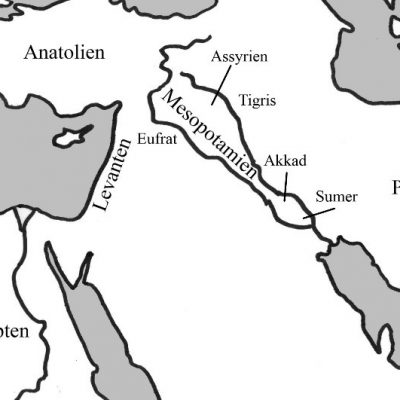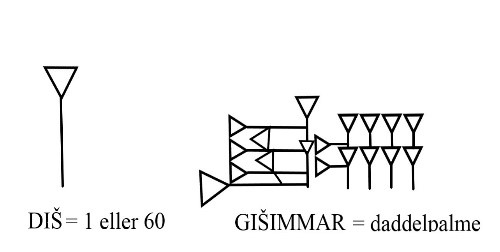Around the world on International Mother Language Day
International Mother Language Day was celebrated for the first time in 2000 following the 1999 UNESCO initiative. The aim is to preserve cultural and linguistic diversity as well as multilingualism.
According to UNESCO, differences in language and culture must be maintained in order to promote tolerance and respect. Every mother tongue contains unique ways of thinking and expressing itself and provides access to the special culture and traditions of a language community. Every two weeks, a language and its cultural and intellectual heritage disappear, leaving at least 43% of the approx. 6-7000 languages spoken in the world threatened. A similar proportion of people’s known possibilities for structuring their thoughts and their world are thus in danger, and if they disappear, … ↪



